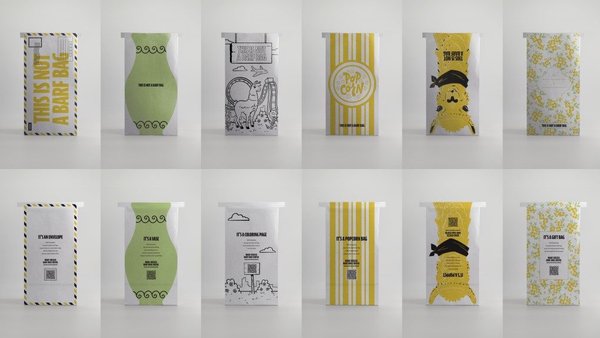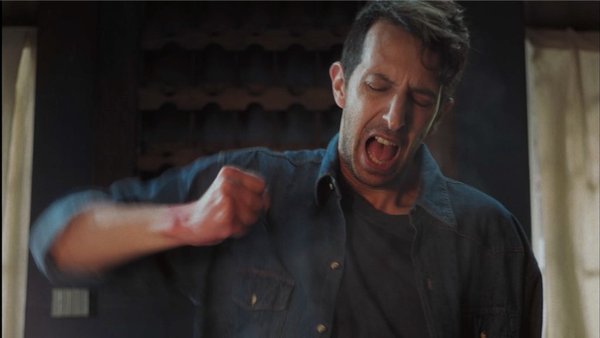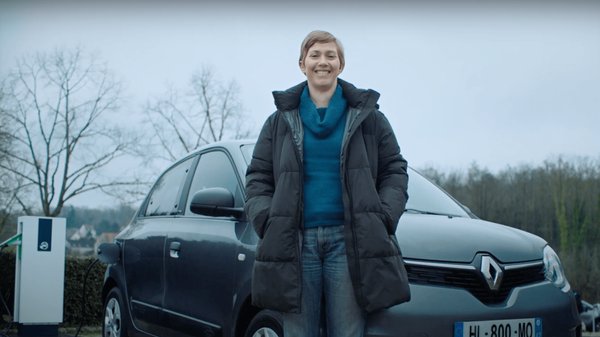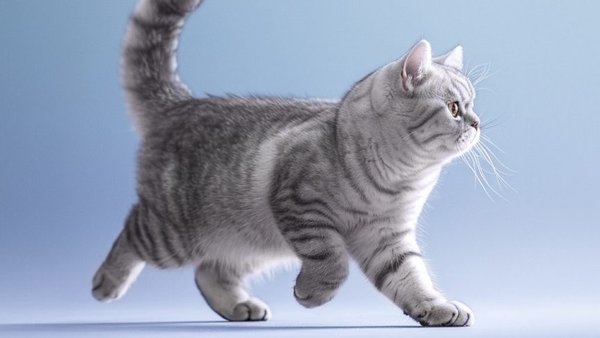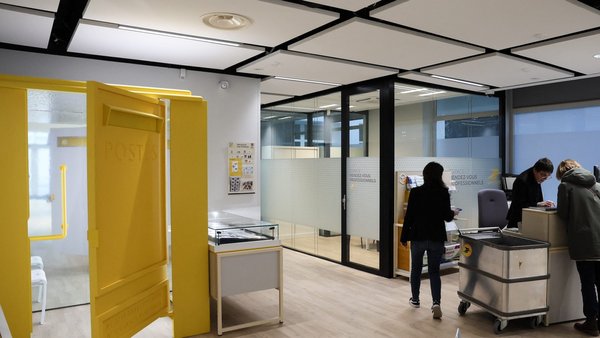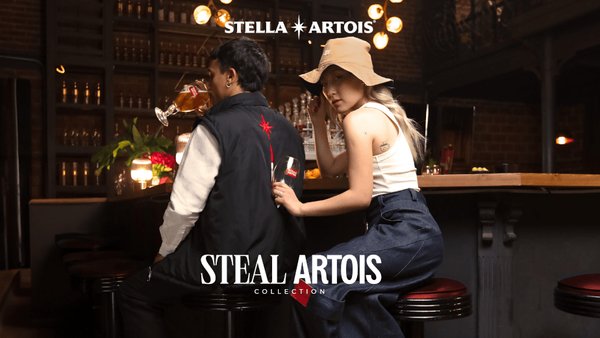Campaign of the Week
Campaign of the Week: Minecraft, Coral Crafters /
Game brand promotes new edition by replicating elements of its virtual environment in real-life to help preserve coral reefs
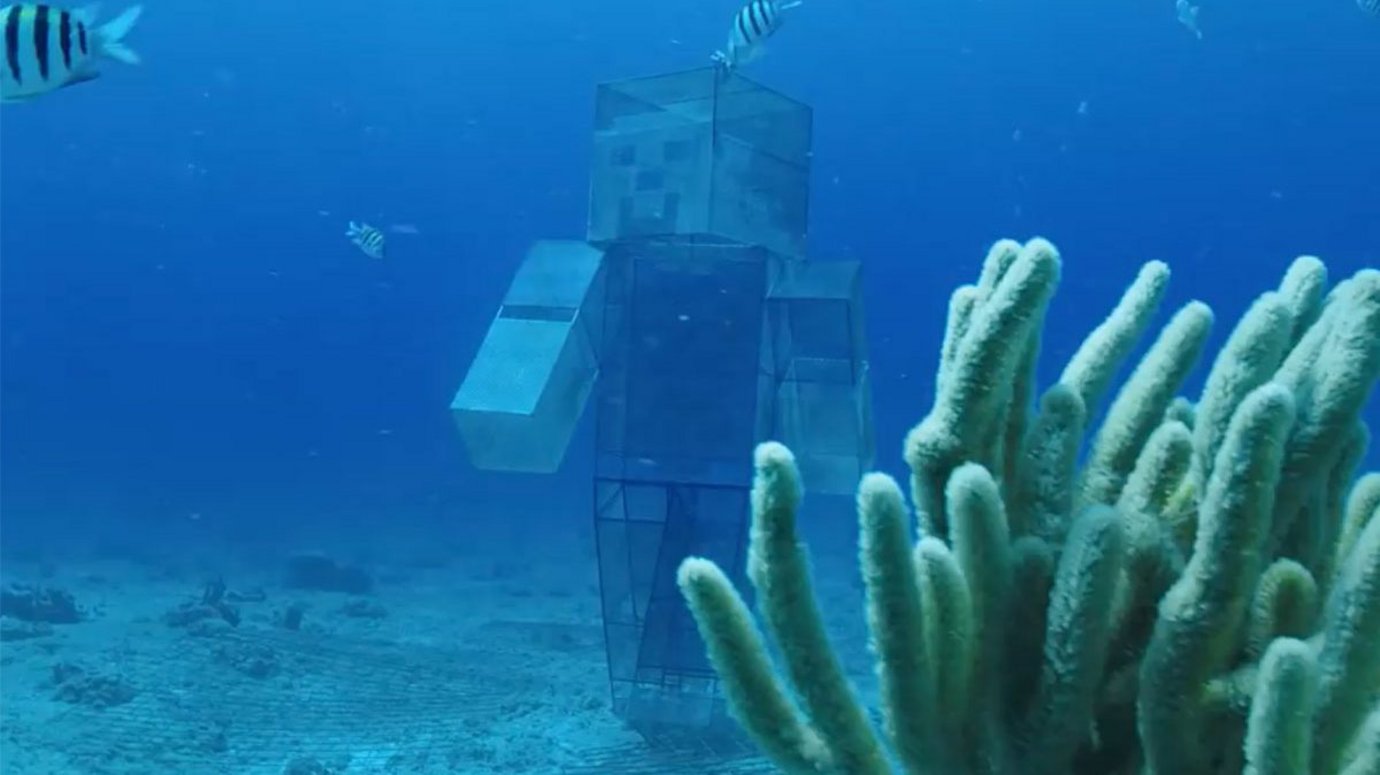
Mojang has released a new update for its popular Minecraft game. The Update Aquatic offers players new characters and underwater elements, such as treasures, shipwrecks and colourful coral reefs. But while the virtual environment of Minecraft will soon be filled with exciting sea creatures, our real-life oceans are under threat.
To promote the launch of Update Aquatic and make a positive difference in the real world, Minecraft partnered with NGO The Nature Conservancy to help preserve the coral reefs. The Coral Crafters project saw the brand recreate six designs from the game as sculptures that were anchored to the sea floor off the coast of Cozumel, Mexico. These sculptures were built through a method called Biorock, which accelerates natural coral growth.
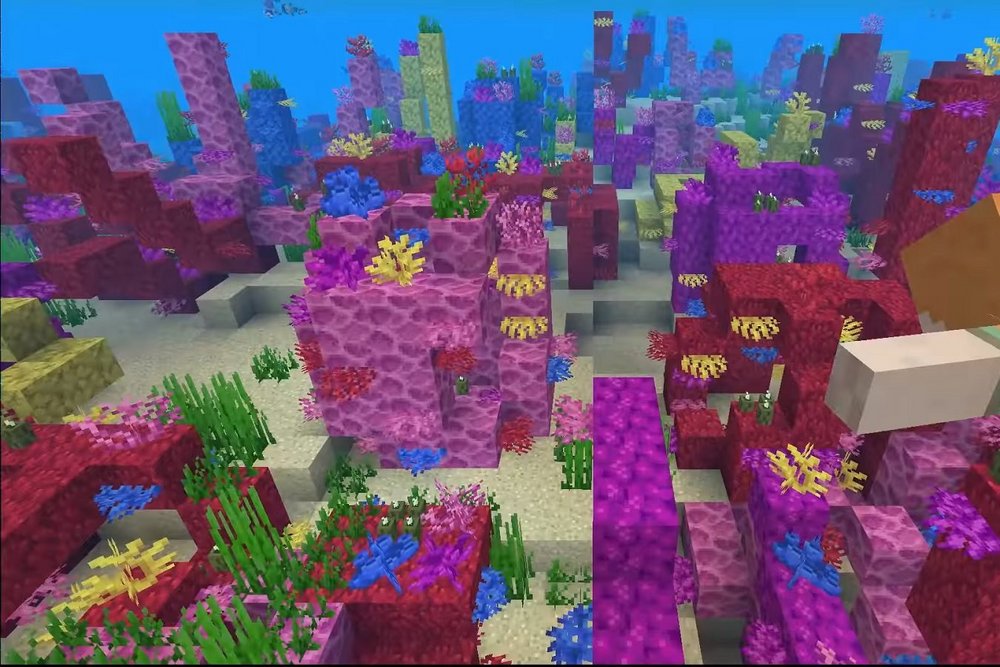
Minecraft turned to some of its top creators for help designing the sculptures. Player LogDotZip put out three ideas to the Minecraft community, who chose the first winner. The second sculpture was created by gamer StacyPlays and informed by her community. The final community-sourced design came from students at a school in Mexico, who were guided by Mexico-based player Rabahrex.

As part of the campaign, Minecraft has also launched a Coral Crafter Skin Pack for the game, with proceeds going to The Nature Conservancy. Lastly, the brand has promised that as soon as the community has collectively placed 10 million coral blocks underwater in Minecraft, it will donate $100,000 to its NGO partner.
215 McCann in San Francisco was the creative agency behind the project.
Contagious Insight /
Good game / With more than 100 million registered players and selling 10,000 copies a day, Minecraft has become a global phenomenon and is now the third best-selling video game of all time (Tetris is the top-selling game). In a detailed piece about the brand, The New York Times reports of the diverse Minecraft community, which spans all age groups. Nearly 40% of players are women and the average age of Minecraft gamers is between 28 and 29 years old.
Due to its popularity the game has become highly attractive to brands. Companies like KFC, Verizon and Universal Music have all tapped into the fascinating world of Minecraft to promote their products and services. However, that’s not necessarily something the company endorses.
‘We want to empower our community to make money from their creativity, but we’re not happy when the selling of an unrelated product becomes the purpose of a Minecraft mod or server,’ Owen Hill, director of creative communications at Mojang, said in a company blog post.
The Coral Crafters project puts the game front and centre – in the virtual world and beyond. It gives players another reason to invest in the update, the specific skin pack and to spend time placing corals in the game, all while leaving them with a good feeling about helping our endangered marine life.
It also demonstrates how Minecraft inspires creativity, elevating the game beyond mere entertainment. University academics have even studied Minecraft’s potential as a learning tool, concluding that it allows students to ‘display their creativity and understanding of concepts in ways that are more feasible than if they were attempted in the “real world”.
Gamers who believe that Minecraft promotes creativity are more likely to feel that playing the game is time well spent. Parents and guardians who accept the argument are also more likely to allow or encourage their children to play the game.
Want more of the same? /
We don’t just write about best-in-class campaigns, interviews and trends. Our Members also receive access to briefings, online training, webinars, live events and much more.
